The Drop in Transit Benefit Has Effectively Been a 20% Cost Increase for Metrorail Riders
The drop in the federal transit benefit is making Metrorail riders feel the pinch in their wallets, and it’s hurting ridership.
What’s happened to ridership since the benefit changed? You may have seen in the news that Metrorail riders have been heavily impacted by changes in federal tax law that discourages transit usage. The maximum amount of SmartBenefits dropped from $240 to $130 per month in January, and since then:
- Since the change, our traditional commuter market – full-fare customers who travel from suburban stations to the core at peak times – has fallen by about 1.5%.
- Trips shorter than 4 miles – more likely to still be fully subsidized – are unchanged.
- Customers able to get through the month on SmartBenefits alone are down 25%, while customers who must supplement with their own cash have doubled, and the net result has been a 10% loss in trips from this key commute market.
- 75% of this ridership loss has been from trips over 7 miles: at an average fare of $4.10/trip equating to $165/month and up, these longer commutes now require substantial out-of-pocket contributions.
- The average impacted SmartBenefits customer must now pay $0.84 extra per trip – this is the equivalent of a 20% fare hike.
- For riders directly subsidized by the federal government, this was increase of nearly $2.40 per day, or over $54/month.
- For riders setting aside pre-tax dollars, this felt like a 10% fare increase.
- Trips paid for with SmartBenefits have dropped 1%.
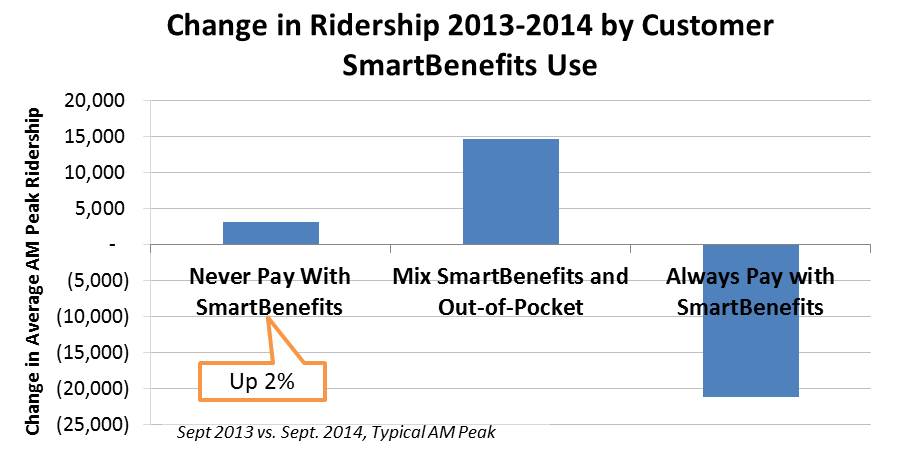
The decrease in the federal transit benefit has hurt Metrorail ridership in the last year. Ridership is up from customers who are unaffected by the policy change, but more people must supplement with out-of-pocket contributions to make it through the month, and in the process Metrorail is losing trips.
How do you know it’s not something else? Ridership could be down for a variety of reasons, and we continue to mine the data for other patterns – from the economy to demographics to fares. We can’t pin all of the ridership loss on the federal transit benefit, but the losses have been concentrated on SmartBenefits users. In addition:
- Ridership from commuters not enrolled in SmartBenefits has actually grown by 2% in the last year.
- We are still investigating, but customers do not appear to be reducing travel much due to telework. Metrorail has been losing both customers and trips (not just trips), and trip frequency among commuters is mostly stable.
- In fact, we are gaining riders at stations with recent transit-oriented development, and ridership is up 3% at stations along the Green Line in D.C., the Red Line in Northeast D.C., and Courthouse/Clarendon in Arlington.
We continue to study the trends, and for a second glance see our more detailed summary of ridership trends (PDF, 710K).

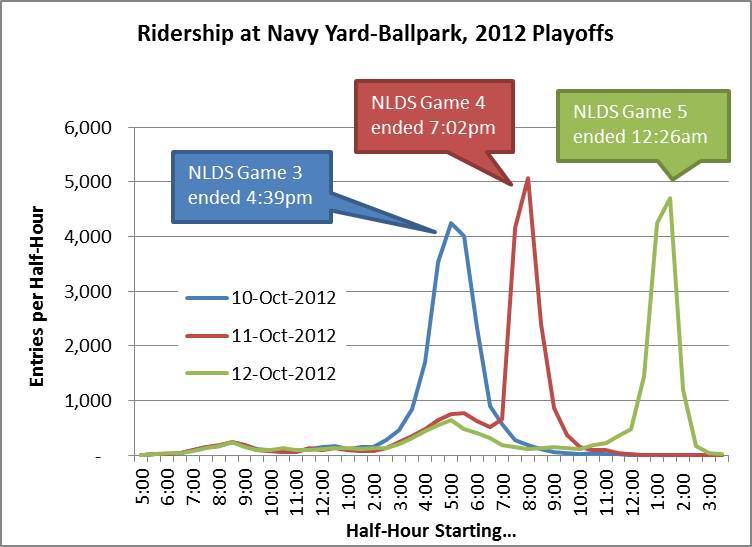
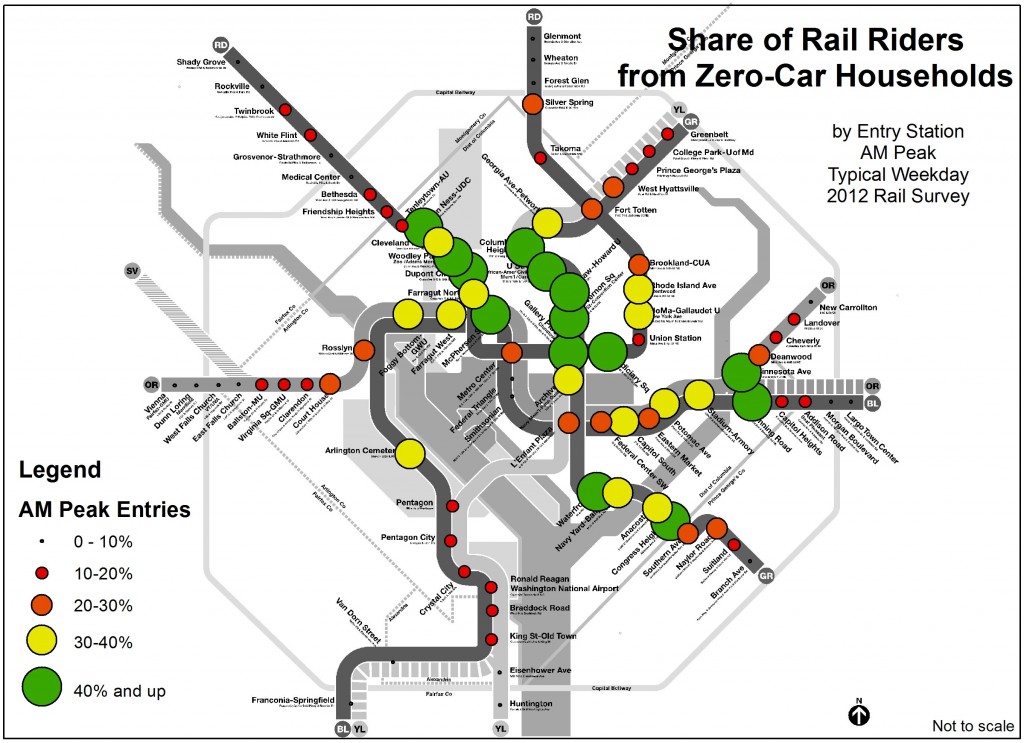
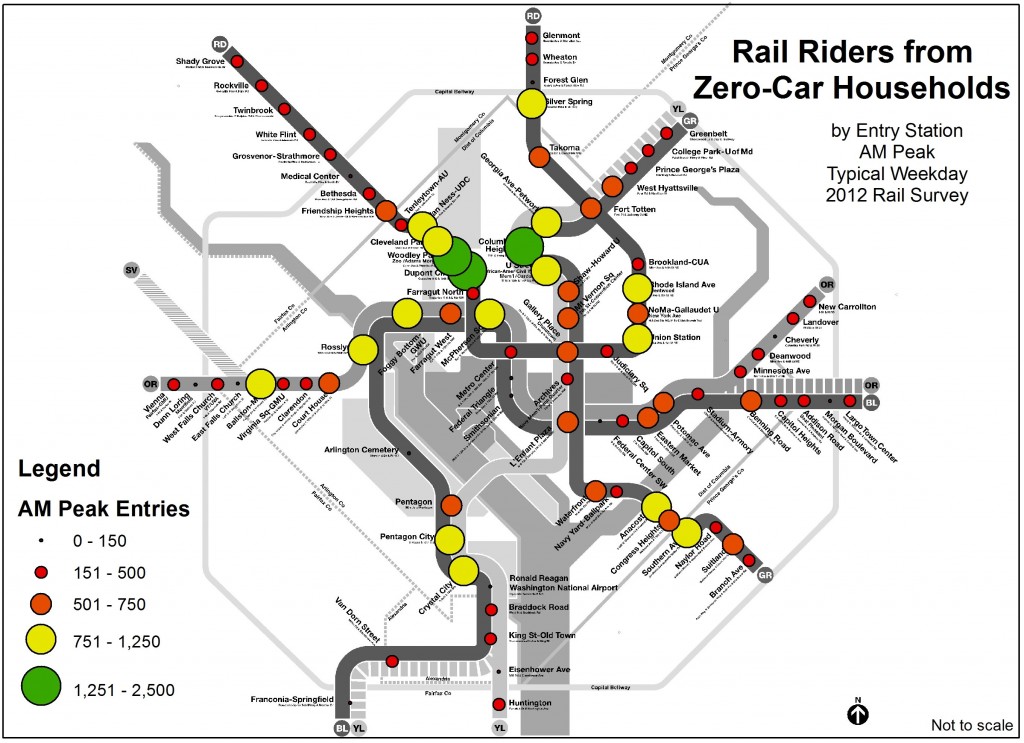

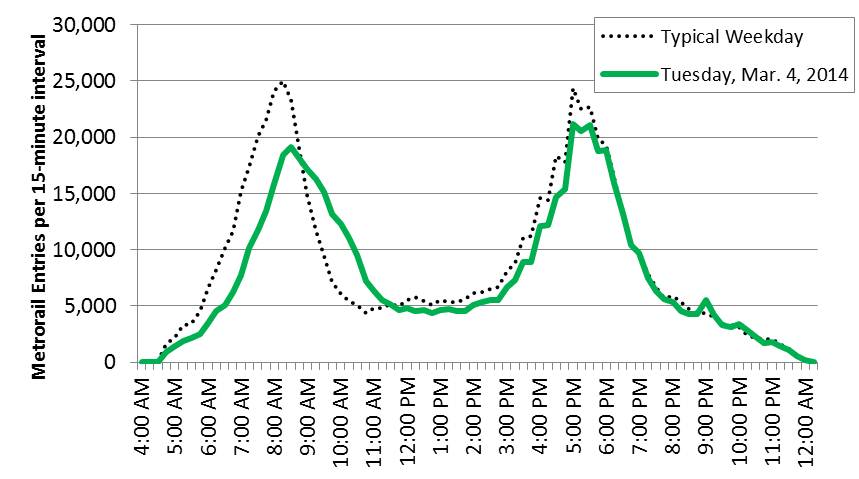
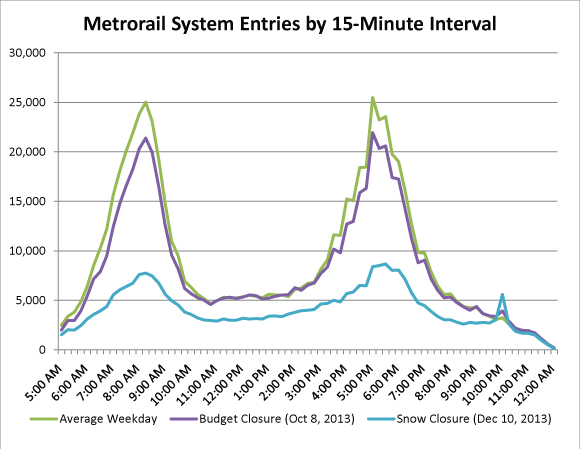
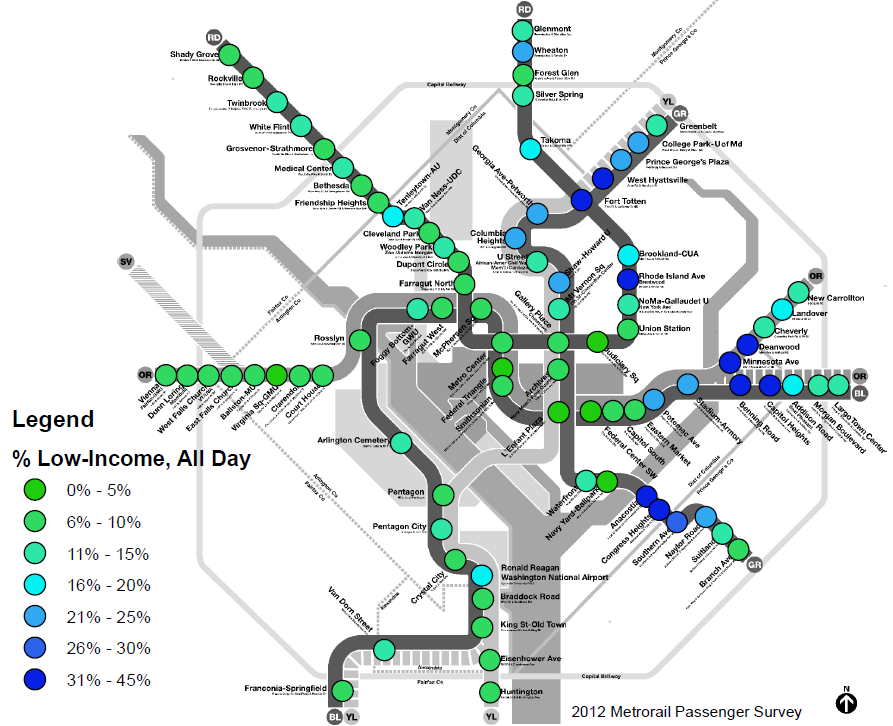
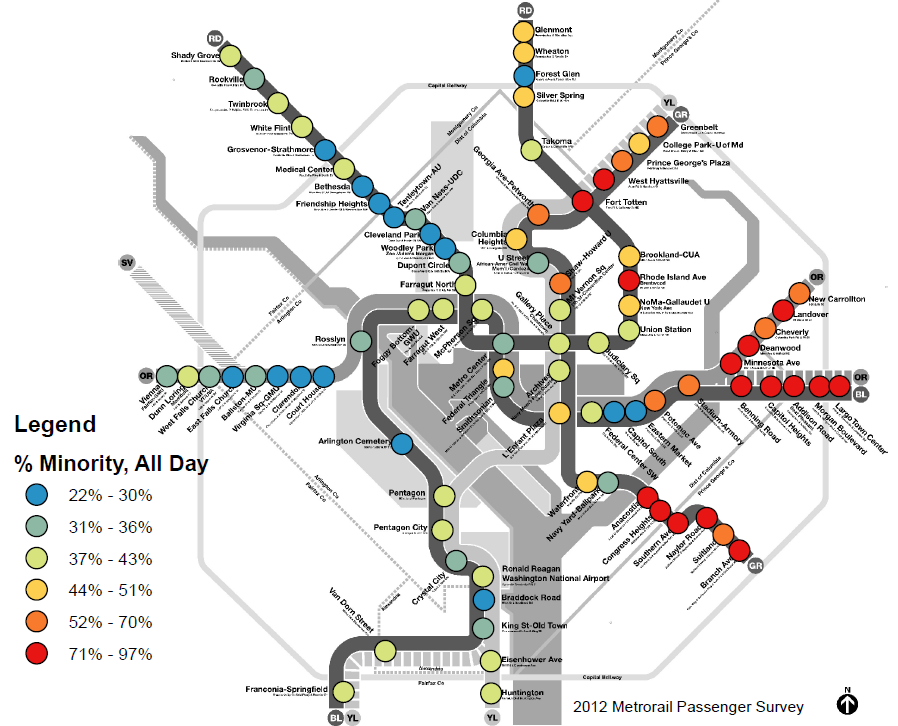
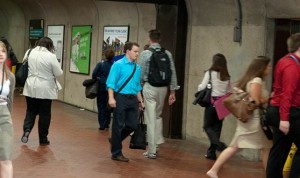
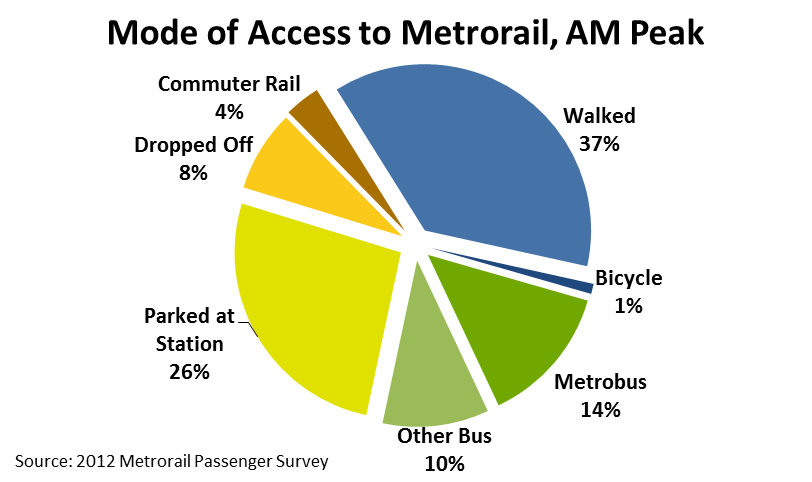

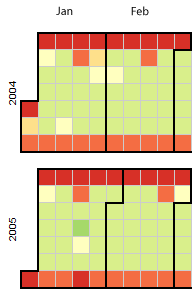

Recent Comments